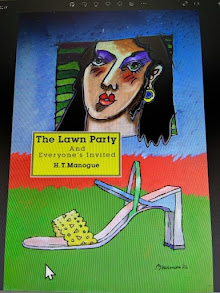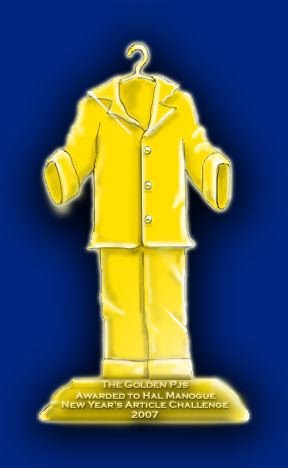The Chinese world-view depended upon a totally different line of thought than the Western view of a mechanical universe externally ruled by a political Monarch and Creator. The harmonious cooperation of all beings arose, not from the orders of a superior authority external to themselves, but from the fact that they were all parts in a hierarchy of wholes forming a cosmic pattern and what they obeyed were the internal dictates of their own natures. Modern science and the philosophy of organism, with its integrative levels, have come back to this wisdom, fortified by new understanding of cosmic, biological and social evolution.
Joseph Needham, the 20th century British academic and sinologist, is well known for his research on Chinese science. “Needham Grand Question,” also known as “The Needham Question,” explains why China was overtaken by the West in technology and science despite its earlier successes. He believed that Taoism and Confucianism played a role in slowing the pace of Chinese scientific discoveries. Those beliefs are based on the spiritual or subjective aspect of the self. Chinese spiritual beliefs were overpowered by the scientific and objective inventiveness of the Western World.
Western education does little to promote the teaching of Chinese philosophers so most of the knowledge we trust and then add to our individual belief structures is rooted in philosophical objectiveness that conforms to our limited idea about Western consciousness. Separation is a mighty weed and it has infiltrated our fundamental spiritual belief system. We tend to use personal and mass religious score cards to catalogue the unity within consciousness, but those score cards are flawed with the hash marks of fear, anger and hatred.
Most of us believe that spiritual unity takes place after death. Death is the end of life as we know it, but in Eastern thought death is another aspect of life. There is nothing dead about being dead. It is a portal where separation is blended with the unity within consciousness. The ancient Chinese masters believed that consciousness doesn’t require a score card to be what it is.










